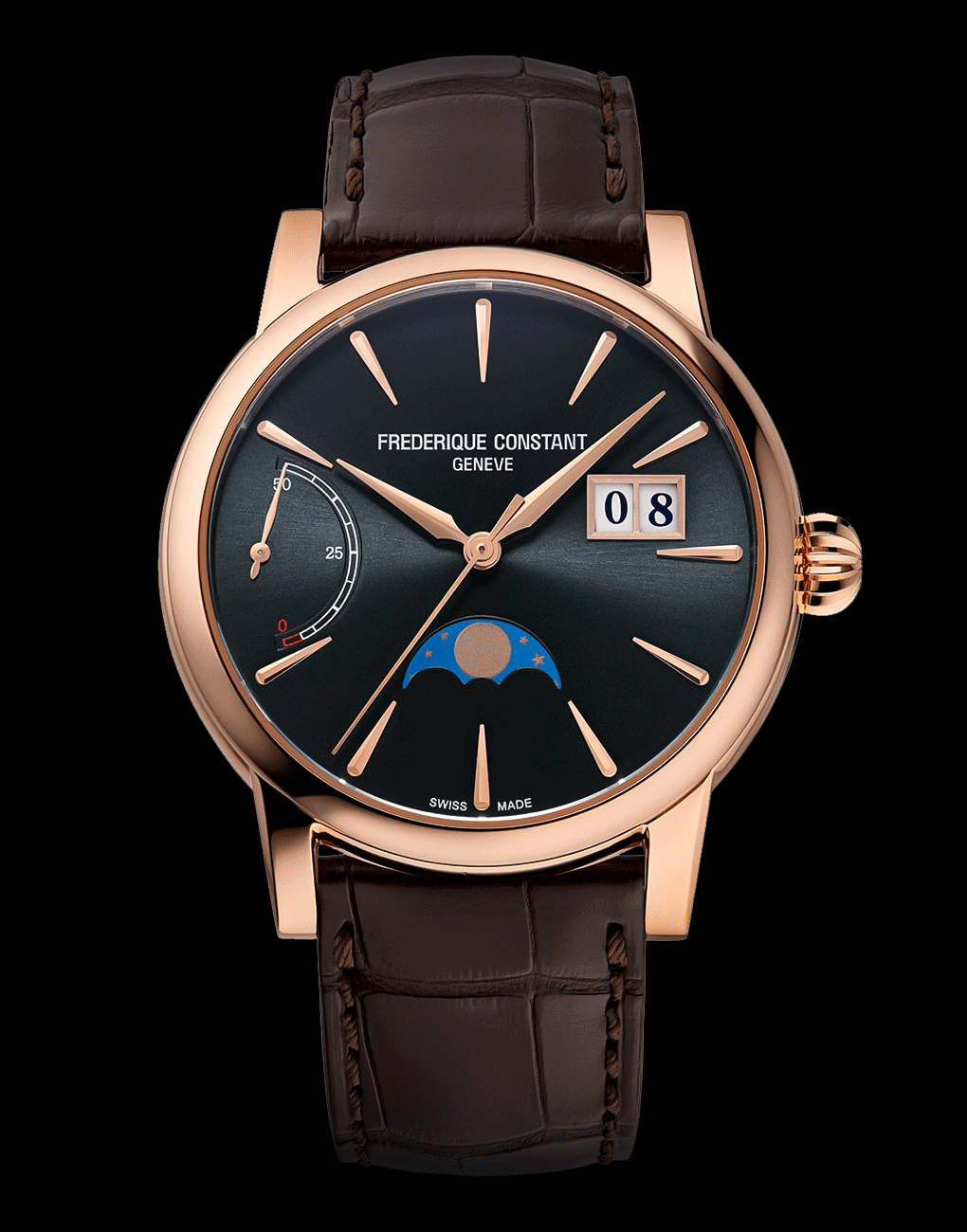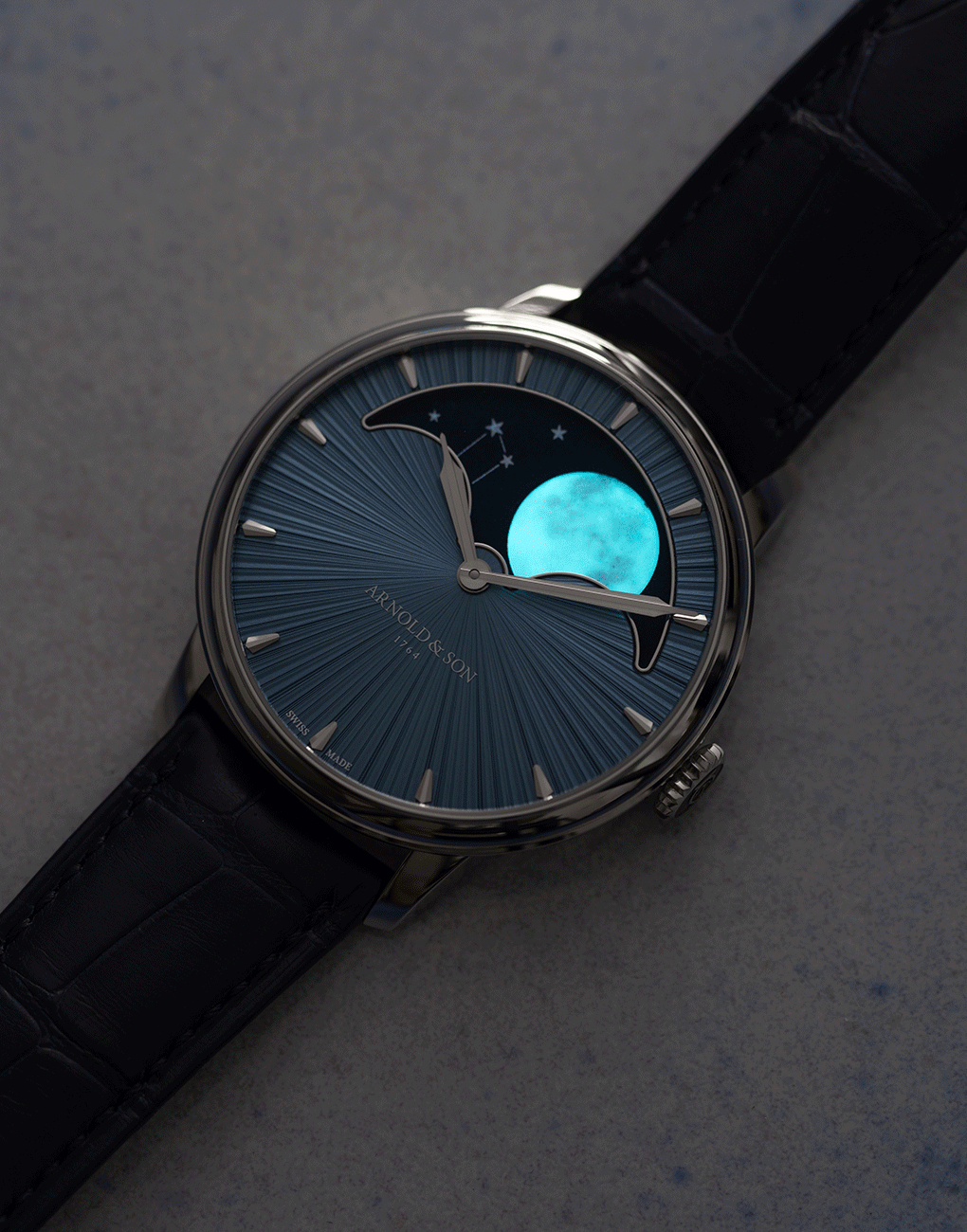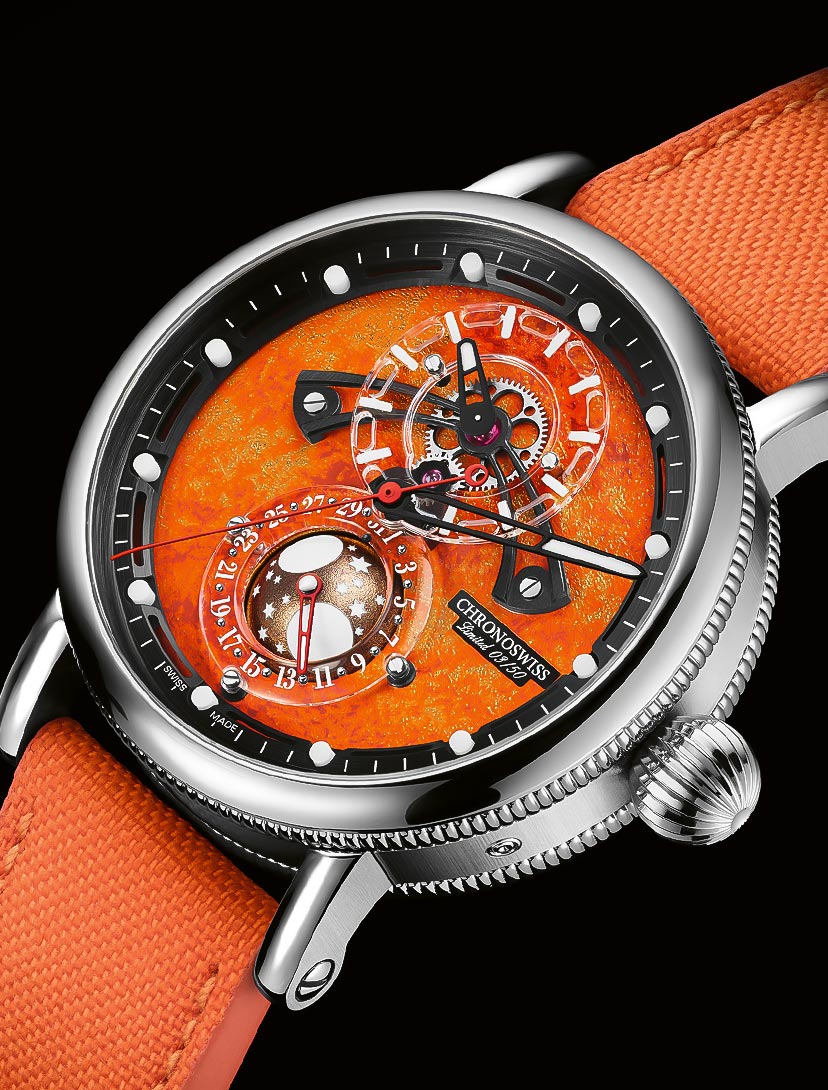Watch GlossaryMoon Phase
A moonphase watch features a display showcasing the current phase of the moon as identical as its position in the sky
May We Recommend
What Is A Moon Phase Watch?
The moon phase complication is not mere dial decoration. A moon phase watch features a sub-dial showcasing the current phase of the Moon as identical to its position in the sky without the user having to venture outside at night. This requirement for a moon phase dial arose in the 16th century when travellers wanted to keep tabs on full moon days and avoid new moon nights as travelling on those nights were considered unsafe. Moon phases being directly linked to tidal movements can help inform travellers the best time to undergo sea voyages—a feature often present in perpetual calendar watches as well, given their connection to moon phases.

How Does A Moon Phase Complication Watch Work?
The moon travels across the night sky in 29.5 days and completes eight specific phases: new moon (dark moon), waxing crescent, first quarter, waxing gibbous, full moon, waning gibbous, last quarter and waning crescent. All these positions are integrated into the design of moon phase sub-dials.

The typical moon phase complication comprises a 30-toothed disc with two distinctly-coloured moons opposing each other against a starry night sky. This disc is revealed through an aperture cut out to showcase the current moon phase.

There are two types of moon phases: bosom and radial. The bosom moon phase features a crescent-shaped aperture with two bumps on the sides—like open umbrellas—representing half or the full Earth silhouette. Radial moon phase features an indicator hand that points to the shape of the moon.

When no part of the moon appears in the window, it indicates a new moon day. As days pass, the moon will appear from the left side of the window. When the image of the moon is revealed entirely, it indicates a full moon day. This disc continues to travel clockwise or counter-clockwise (depending on the hemisphere), until the image of the moon reaches the right side of the sub-dial and disappears, signalling a new moon day. The next day the second image of the moon appears from the left side of the window, restarting the entire cycle again.

To get the moon phase function working on your time piece, simply set your pointer towards the correct half circle, which is around the arch. One can simply refer to a lunar calendar to make sure one is entering the right details. A sophisticated feature, it involves 135-tooth gears to drive the moon disc to give an accurate indication of the moon’s phases.







